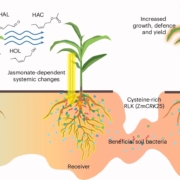
Plant Science Research Weekly: July 18, 2025
WWR Full PostReview: Harnessing the power of gene regulatory networks for crop improvement
The number of large molecular plant datasets seems to be growing exponentially. With this growth comes an urgent need for researchers to understand how these datasets should be analyzed and integrated to get accurate understandings…

The Plant Cell Features November and December 2024 First Authors
Blog, Community, The Plant Cell: Author ProfilesBehind the manuscripts are researchers, professors, professionals and students dedicated to advancing the field of plant science. You’ve seen our First Authors on Bluesky, Twitter and Facebook— now, read more about why they chose to pursue plant sciences and click on the links to read their articles.
Jing…
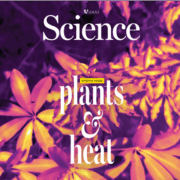
Special Science Issue: Plants and Heat
Plant Science Research WeeklyThe June 12 issue of Science has a focus on plants and heat that includes several excellent review and research articles. In a very interesting review, Singh Yadav et al. discuss the complex and fascinating question of how plants sense temperature, emphasizing both the biophysical nature of temperature…
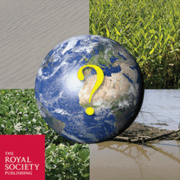
Theme issue: Crops under stress
Plant Science Research WeeklyThey May 29 issue of Phil. Trans. Roy. Soc. B. similarly addresses the pressing questions of how crop plants will continue to feed the world in spite of the rapidly changing climate. This issue covers some of the same topics as the Science special issue on heat stress but goes beyond heat to cover drought…
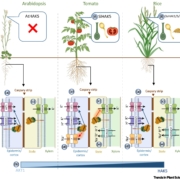
Review. Going beyond the model: When different plants have different plans
Plant Science Research WeeklyIn a recent review, Nieves-Cordones and Rubio highlight the species-specific strategies used by Arabidopsis and crop plants to regulate potassium (K⁺) and sodium (Na⁺) transport, which challenges the universality of Arabidopsis thaliana research. In Arabidopsis, K⁺ uptake is largely mediated by…

Multimerization of IAA3 via ROS suppresses lateral root formation in air gaps
Plant Science Research WeeklyRoot growth and branching is strongly tuned to environmental conditions including soil compaction, nutrient availability, and the presence of water, with auxin having a major role in regulating root architecture. Here, Roy et al. have demonstrated how auxin contributes to a suppression of root branching…
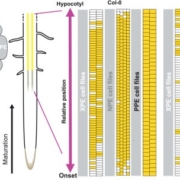
Identity is Everything : MYB68 regulates endodermal differentiation and suberin patterning
Plant Science Research WeeklyRoot cells are organized into concentric layers that facilitate the movement of water and nutrients. Among these, the endodermis overlays the root vasculature, allowing it to play a major role in selective uptake. To perform this function, endodermal cells undergo two distinct stages of differentiation.…
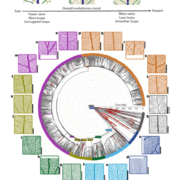
The shape of adaptation: Evolution of venation patterns in plants
Plant Science Research WeeklyLeaf venation patterns display remarkable diversity across both living and fossil plant lineages, yet key questions remain about when and how these architectural differences emerged and what functional roles they serve. In their recent review, Mantos et al. explored the evolutionary history of venation…
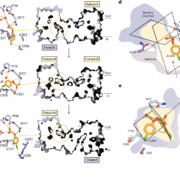
PIN auxin transporters facilitate polar transport of synthetic phenoxyacetic acid herbicides
Plant Science Research WeeklySynthetic herbicides are widely used in agriculture to control weeds, often by targeting the physiological pathways regulated by auxins, plant hormones that induce root growth and development. PIN-FORMED (PIN) auxin transporters facilitate the polar transport of natural auxins such as indole-3-acetic…

